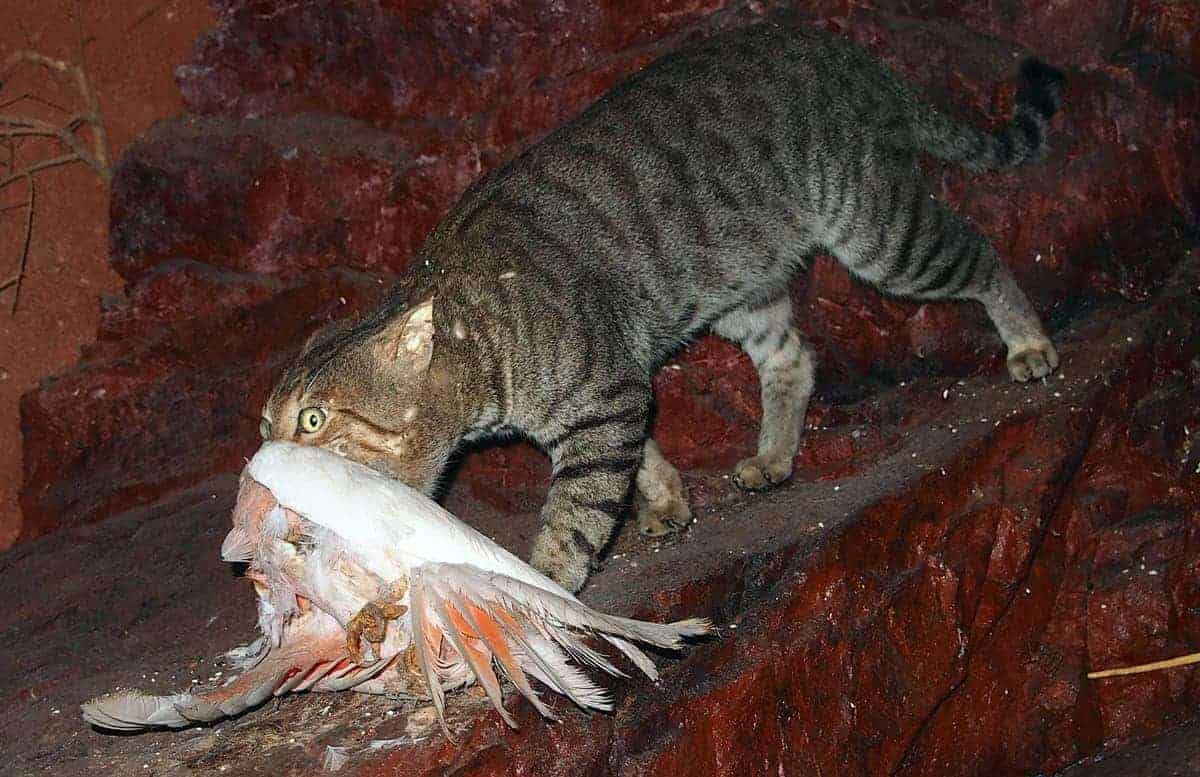New government figures released today confirm a dramatic drop in the number of feral horses across the surveyed areas of Kosciuszko National Park, with the latest government estimates suggesting between 1,500 and 6,000 feral horses remain in the park.
The survey comes as new photos released by the NSW National Parks and Wildlife Service reveal an amazing recovery of stream and wetland vegetation in areas where feral horses have been removed.
The survey results come just a week after a historic moment in NSW Parliament, where a debate on a petition from over 11,000 people to repeal the Kosciuszko Wild Horse Heritage Act saw no MPs speak in opposition and cross party support for repeal from Dr Joe McGirr, the local member for Wagga Wagga, the Liberals, Greens and senior Labor Ministers including Steve Whan, the local member for Monaro.
Invasive Species Council CEO Jack Gough said:
‘These figures show the Minns Government is delivering on its election promise to get feral horse numbers down quickly – and nature is responding,’ Invasive Species Council CEO Jack Gough says.
‘We’re finally seeing a turning point. Fewer hard-hooved feral animals trampling the fragile alpine environment means more native species returning, more delicate wetlands recovering and more hope for one of Australia’s most vulnerable national parks.
‘Now we need all sides of politics to come together to keep up this momentum for a wildlife revival by overturning the law which requires 3,000 feral horses to remain trashing and trampling one third of the iconic Kosciuszko National Park.
‘Barilaro’s brumby law has no friends in parliament, other than a few fringe voices in the upper house, and the next step must be for Parliament to repeal this bad law once and for all.’
Snowy River guide, Reclaim Kosci founder and Invasive Species Council Indigenous Ambassador Richard Swain said:
‘Feral horses trample our fragile landscapes, pollute our streams and damage sacred Country.
‘Finally, the health of the soil, water and our native species in the Snowy Mountains is healing but we need to fix the ridiculous law that still protects a feral animal over our native plants and animals. It’s a national park, not a horse paddock.
‘For the sake of the high country it is past time that we put to bed the senseless arguments and accept the evidence that removing feral horses is the only way of protecting Country from this destruction.
‘There should be no laws on the books that protect a feral animal over our native animals. It’s time colonial Australia took its boot off the throat of this country.’
Professor Jamie Pittock, an expert on the ecology of the Alps and impact of the feral horses from the ANU’s Fenner School of Environment and Society said:
‘While it is incredible to see the recovery in areas where horses have been removed, it is devastating to still see the erosion and pollution in other parts of the headwaters of the Murray and Murrumbidgee where the law is preventing proper management.
‘These pictures should be the catalyst – let’s stop debating numbers and get on with the job of protecting the Park.
‘Kosciuszko is home to threatened species like the northern corroboree frog, broad-toothed rat and critically endangered alpine she-oak skink – all of which suffer when feral horses degrade their habitat. Every delay puts this more at risk.
Media inquiries: (02) 8006 5004
Background:
The survey used two independent scientific methods – both showing a significant drop in numbers compared to previous years, reflecting the recent aerial culling effort by the parks service.
- The 2024 survey using standard distance sampling estimates with 95% confidence that the population in the survey blocks is between 1,579 to 4,007 horses.
- The 2024 survey using mark recapture distance sampling estimates with 95% confidence that the population in the survey blocks is between 2,131 to 5,639 horses.
- NPWS Before After Photos – credit NPWS
That compares to the 2023 standard distance sampling survey which estimated with a 95% confidence that the population was between 12,797 to 21,760 horses.







